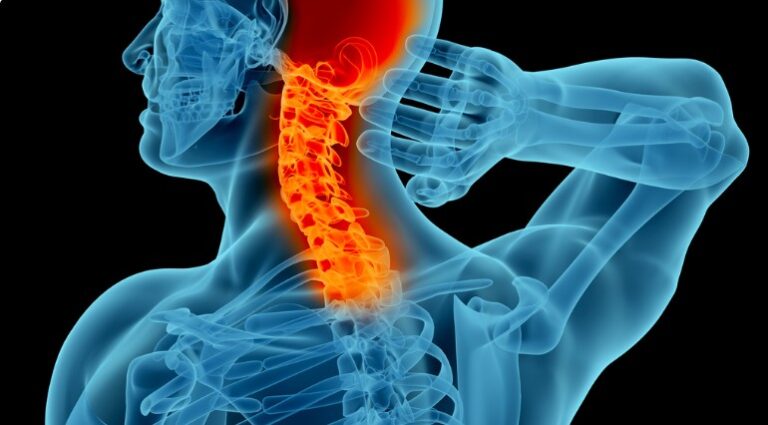Research on Sleeping with Back Pain: What the Science Says

Introduction
Understanding research on sleeping with back pain is crucial when designing effective sleep strategies. Recent studies have honed in on sleep quality, duration, and posture as key influencers of pain outcomes. This article synthesises evidence from studies conducted since 2024, explaining why these factors matter—and what you can do about them.
1. How Sleep Quality Predicts Pain Outcomes
A systematic review published in Sleep (2024) examined 19,170 people and found that poor sleep quality significantly increases the likelihood of persistent low back pain (LBP) and slows recovery. Specifically, individuals with ongoing sleep issues were over 1.5 times more likely to experience pain that did not improve long-term.
A cross-sectional study in Sleep Medicine (2025) observed 444 chronic pain patients and reported that half were poor sleepers. Those with poor sleep quality experienced more severe pain, reduced mobility, and greater psychological distress (anxiety, depression). This reinforces that poor sleep is not only a symptom of pain—it also exacerbates it.
2. Sleep Duration and Back Pain Severity
A 2024 Korean population study found that sleeping fewer than 6.5 hours per night increased the odds of LBP by 13.6% per hour less sleep. When conducting the research on sleeping with back pain they found the threshold effect suggests that both insufficient and excessive sleep might raise pain risk, pointing to an optimal duration of around 7–8 hours for back health. There was also more research on sleeping with back pain focused on duration
Another NHANES analysis in 2024 involving over 6,000 US adults reported that chronic back pain more than doubled the likelihood of experiencing sleep disorders. While this study did not find a direct correlation between sleep length and pain, it confirmed a non-linear “S‑shaped” pattern between inadequate sleep and chronic pain development.
3. Why Sleep Posture Matters
When looking at research on sleeping with back pain, a Wiley systematic review (2025) found that sleeping on your side or back—particularly with pillow support—helps reduce spinal stress, while prone sleeping often worsens LBP. Moreover, a cross-sectional study in May 2024 demonstrated that individuals with LBP consciously avoid prone and supine positions, favouring side‑lying to reduce discomfort .
Simple yet effective interventions—like teaching side‑lying posture and using supportive pillows—have shown promising results. One ongoing RCT is studying this exact approach, aiming to reduce LBP through sleep posture education.
4. Combined Effects: Sleep, Activity and Back Pain
Long-term observational data published in Nature (2021, but referenced in resurgence of 2024 reviews) indicate that persistent poor sleep nearly doubles the risk of chronic back disability—even after adjusting for exercise levels. However, people who maintained both good sleep and regular exercise saw substantially reduced risk. This supports comprehensive sleep + activity interventions .
5. Practical Takeaways Embedded in Research
Based on the research on sleeping with backpain, here are evidence-backed tips if you’re wondering how to sleep with back pain:
- Target 7–8 hours of sleep per night—aiming for at least 6.5 hours to significantly reduce LBP risk.
- Prioritise sleep quality by managing bedroom environment, stress, and bedtime routines.
- Never sleep on your stomach; side-lying with pillow support or back-lying with a pillow under your knees is optimal.
- Educate yourself on posture and invest in proper pillows/mattresses—simple practice matches what clinical trials are testing.
- Keep moving—physical activity helps counteract sleep-related back pain susceptibility.
Other Resources
There is plenty of research on sleeping with backpain, many of which can be found on the websites of the Mayo clinic or the NHS. For more from NapBase, check out the below:


